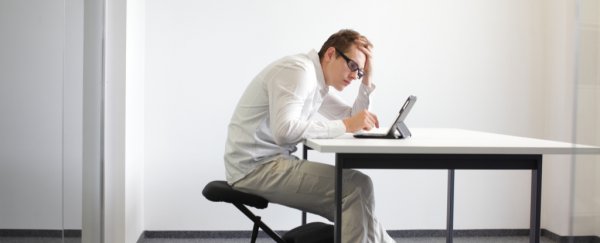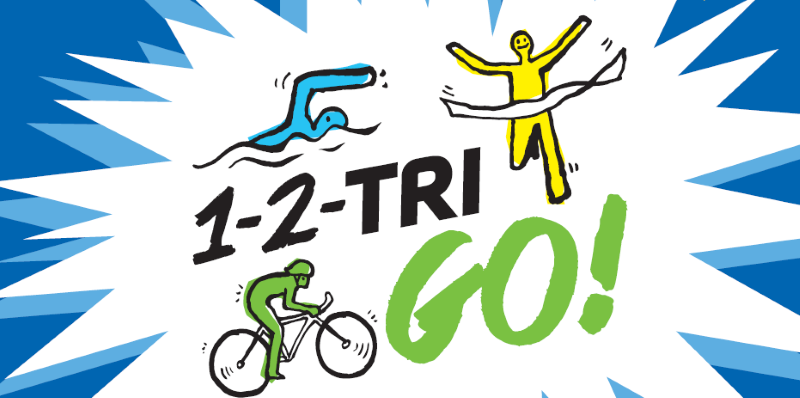by Melissa Coombs, Registered Massage Therapist
Are you reading this article hunched over a laptop or mobile device? Gotcha! Don’t be alarmed – you are not alone.
Today’s technology encourages the use of handheld devices and increased amounts of screen time that most often wreaks havoc on our posture. Poor habits like sitting bent over with rounded shoulders creates an imbalance of stress and strain in the muscles in our neck, back and shoulders. This can produce a laundry list of symptoms such as chronic headaches, muscle spasms, neck pain and in some cases, even degenerative and neurological changes1.
The combination of posture and symptoms described above is colloquially termed “tech neck”. Sometimes, over the course of months or even years, these symptoms can develop into pathologies such as “upper-crossed” and “thoracic outlet” syndromes.
BREAKING IT DOWN – IMPORTANT STRUCTURES OF THE NECK
The head, face and neck are made up of more than 30 pairs of muscles2, ligaments, bones and other connective tissue – all important to the development of tech neck.
The front and sides of the neck contain flexor muscles. These include the sternocleidomastoid, scalenes and upper trapezius muscles. The extensors – muscles in the back of the neck, include the sub-occipitals, erector spinae, levator scapula and splenius groups. And finally, accessory muscles that control shoulder and scapular movement include the pectorals and rhomboids.
If we strip away the muscles and connective tissue, we’re left with the underlying structure of the neck. The cervical spine is made up of your top seven vertebrae. The spaces between each vertebrae are composed of intervertebral discs that are made of tough, donut-shaped cartilage. These discs help to cushion shock and distribute pressure along the spine2. Exiting each level are nerve roots that provide sensation and movement capabilities to the face, neck, chest and arms.
EFFECTS OF TECH NECK
The muscles in the neck, shoulders and upper back work with one another to create a neutral spine and head position2.
If you have good posture, this means that from a side view, your ear, cervical spine and tips of your shoulders sit along an imaginary line that cuts the body into two equal halves3. Your head, which weighs an average of 10 to 15 pounds4 , is strapped to your neck with some of the muscles discussed above. When we change the balance of pressure in the neck by constantly craning forward, several things take place:
1. What used to be about 10 pounds of downward force can now equal approximately five times that amount4. Ouch! Not only is pressure exerted on the cervical vertebrae, but on the intervertebral discs and nerve roots too6 . Over time, this can lead to early degenerative disc disease, facet dysfunctions and even nerve root compression  syndromes5.
syndromes5.
2. The position of one or multiple joints has an effect on others in the body3 and thus, a change in the neck can create a change to the thoracic spine. Increased kyphosis, or rounding of the upper back, changes the length of muscles between the shoulder blades. Muscles that were once strong are now weak. Muscles that were once supple are now tight. This is often where you feel “knots” develop. These knots are found in hypertonic areas along a taught band of muscle, and in a therapeutic setting are termed trigger points1.
3. Slumped-forward shoulders shortens the muscles in the chest and upper thorax5. The result – decreased space between the muscles of the neck and chest, which can lead to radiculopathies (pinched nerves) and thoracic outlet syndrome. Symptoms may include pain, tingling, numbness and sometimes weakness in the arms and hands.
3 WAYS YOU CAN HELP YOURSELF
1. Work breaks – get up and move!
If your workday consists mostly of sitting hunched over your computer, try this simple trick to get you out of your seat. Set a timer that goes off every hour. Stand up, walk to the copy machine or do a lap around the office – and leave your phone at your desk. Your neck and back will thank you for it.
2. Raise your screen up
Instead of always looking down at your phone or tablet, try raising it up. Hold the phone higher with your arms, or if you’re at work, try using a riser or sit-to-stand desk for your computer screen. These are great ways to reduce repetitive strain and alleviate symptoms of tech neck.
3. Cat/cow stretch
- Step 1 – In a four-point position, gently and slowly curl your tailbone under your hips and let your head come towards the chest, rounding the middle part of your back. Hold for 1-2 seconds then move into the second step.
- Step 2 – Gently arch your lower back and imagine flicking your tailbone up. Arch your neck so you are looking towards the ceiling. Hold for 1-2 seconds.
- Oscillate between position 1 and 2, 5-10 times daily.
FINDING IT HARD TO REACH THAT KNOT BETWEEN YOUR SHOULDER BLADES? MASSAGE THERAPY CAN HELP!
Registered Massage Therapists (RMTs) have comprehensive training in anatomy and physiology of the body that enable them to treat a wide variety of musculoskeletal injuries. Because of the complexity and hard to reach places of the neck and spine, it is sometimes difficult to find pain relief with self-massage. RMT’s are able to assist in reducing tension and pain, increasing mobility and improving function of the muscles of the neck and back7.
Visit Fortius Sport & Health’s massage therapy page or give them a call and book in with a Registered Massage Therapists today, so that you can get your posture back on track!
Triathlon BC members can save up to 25% off select performance analyses, services and lodge accommodations at Fortius Sport & Health. REDEEM HERE. Use code TriFortius2020.
References:
- Morrison, Gavin. https://www.spine-health.com/conditions/neck-pain/how-poor-posture-causes-neck-pain
- Biel, Andrew. Trail Guide to the Body. Books of Discovery, 2014.
- DeWitt, David. https://www.spine-health.com/conditions/neck-pain/text-neck-symptoms-and-diagnosis
- Magee, David J. Orthopedic Physical Assessment. 6th Elsevier, 2014.
- Milan, Kelly. http://corydonphysiotherapy.com/blog/tech-neck-the-e-epidemic-of-neck-pain
- Morrison, Gavin. https://www.spine-health.com/conditions/neck-pain/forward-head-postures-effect-cervical-spine
- Rattray, Fiona, and Linda Ludwig. Clinical Massage Therapy: Understanding, Assessing and Treating Over 70 Conditions. Talus, 2000.





